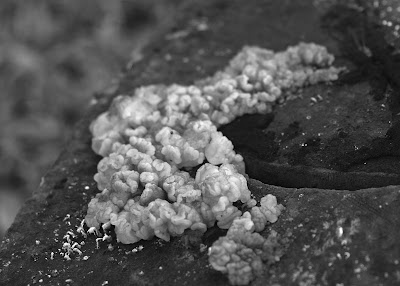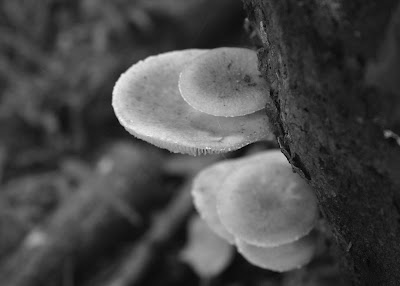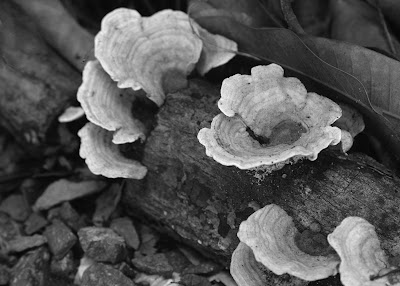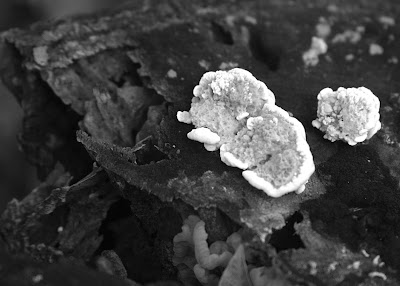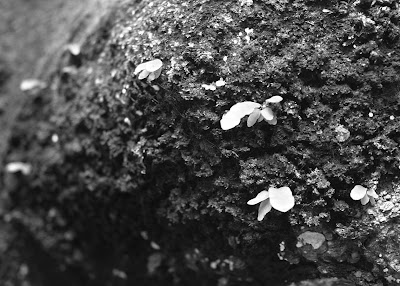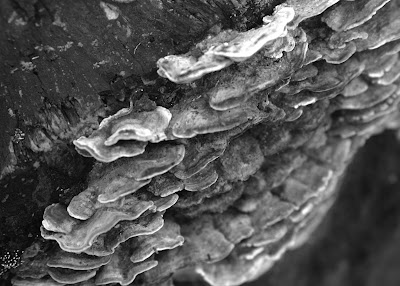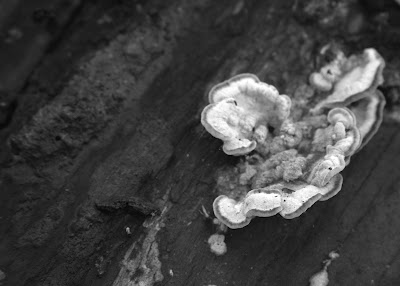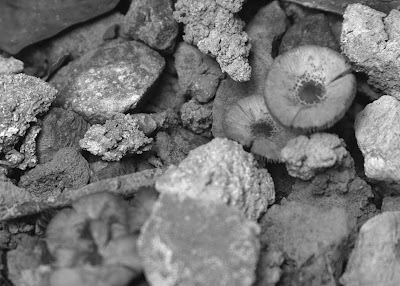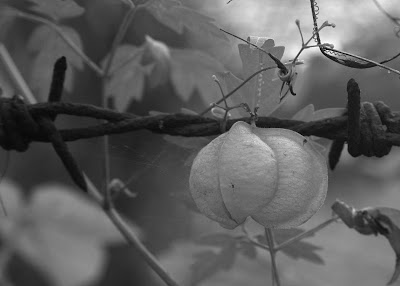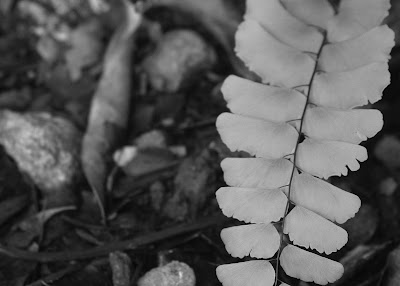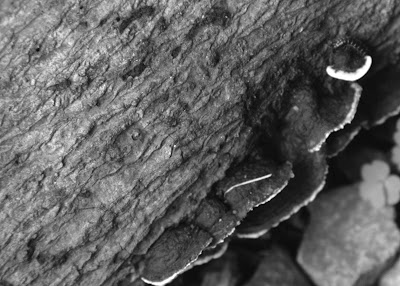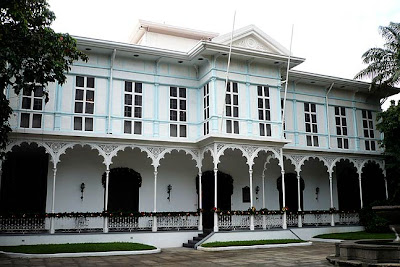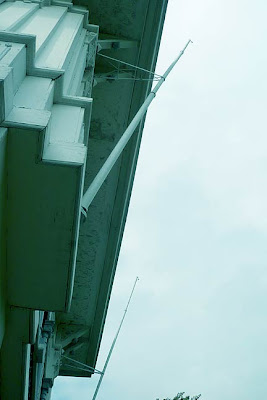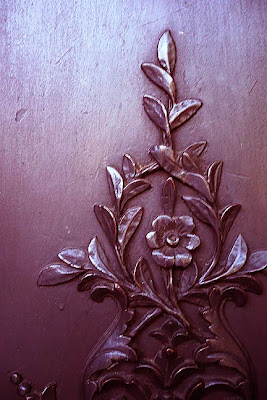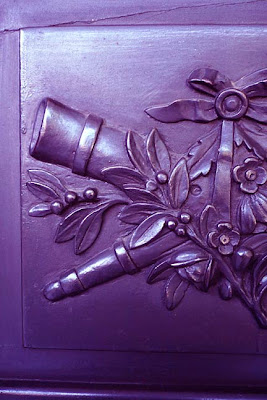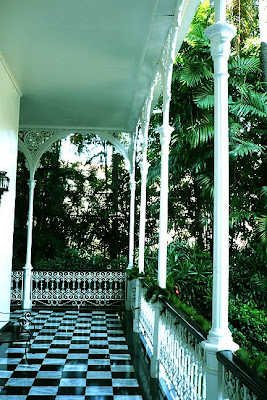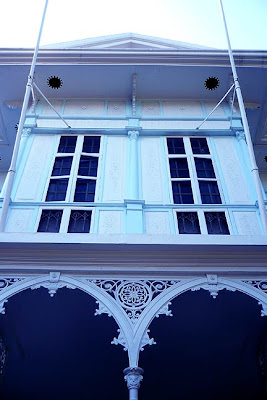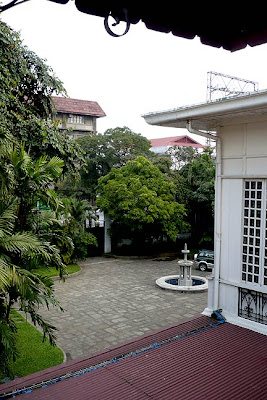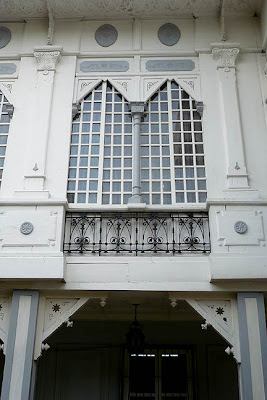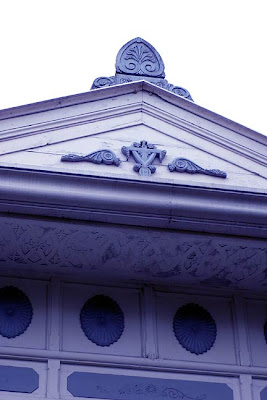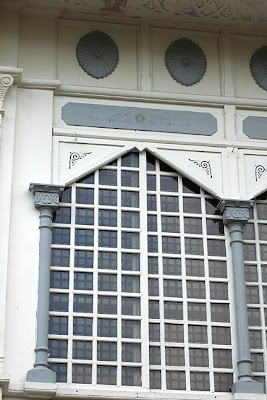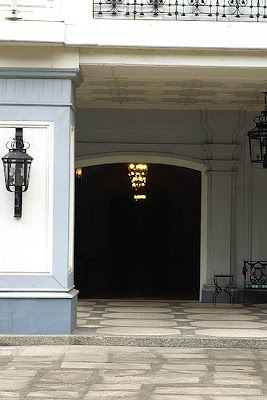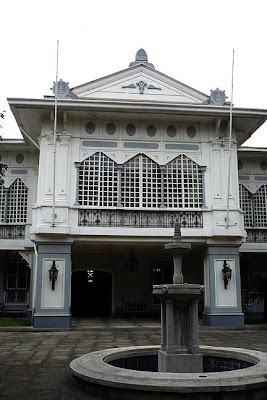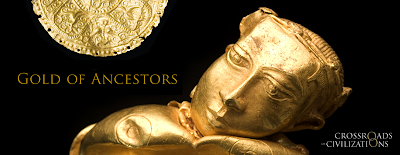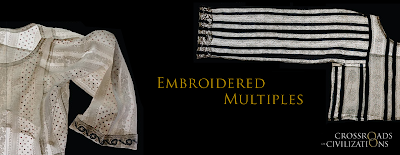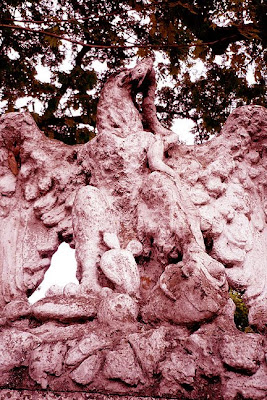An obscure memorial at the periphery of the Walled City stands almost forgotten today. A short marker topped by a crudely made concrete eagle eating a snake marks the 63rd year of the arrival in Manila of Squadron 201 from Mexico to join the US Army in repulsing the Japanese invasion. The squadron was composed of 31 combat pilots and 270 specialists and support personnel and arrived in the Philippines on 1 May 1945. It was attached to the U.S. 5th Air Force, 58th Fighter Group stationed at an airfield north of Manila.
Also known as the Aztec Eagles - an elite unit of the best military pilots in Mexico, recruited by the President to fight with the Allies - the Mexicans were in the Philippines only three months before the atomic bombings of Hiroshima and Nagasaki on Aug. 6 and 9, 1945. The Japanese formally surrendered on Sept. 2, 1945, aboard the battleship U.S.S. Missouri in Tokyo Bay.
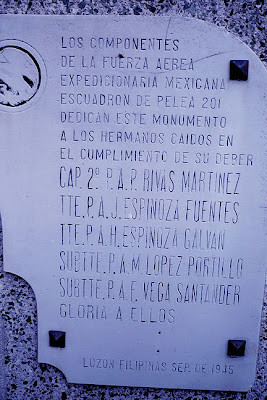
Before they left the Philippines, the men of Squadron 201 were decorated in a formal ceremony by Maj. Gen. Basilio J. Valdez, Secretary of Defense and Chief of Staff of the Philippine Army (Philippine Presidential Unit Citations from President Elpidio Quirino in 1952). They flew close support missions, assisting American and Filipino troops in the liberation of Luzon. The unit was decorated by the U.S., Mexico and Philippines for valor. It was the only Mexican military force to serve outside of that country; its participation in the war led to better relations between Mexico and the U.S. The monument was designed by Captain Miguel Moreno Arreola of the Mexican Expeditionary Air Force and was dedicated on Sept. 25, 1945 honoring the five pilots of the Force who were killed.
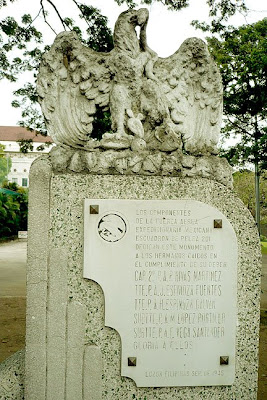
May we never forget the ties that bind.
